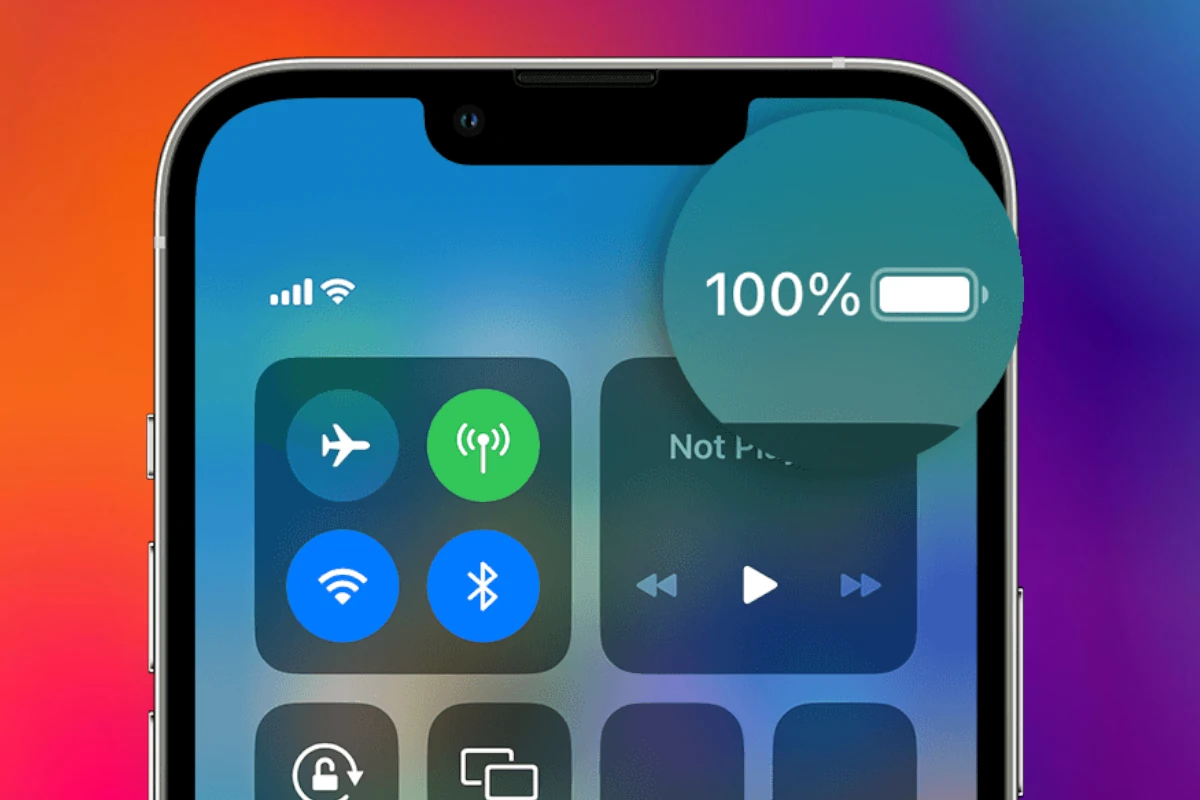Battery size in iPhones has evolved significantly since the original model. Each new iteration brings advancements in technology, and with that, changes in battery capacity to meet demands for power and battery life. As iPhones gain more features, the need for a battery that can keep pace without frequent charges has grown. Users expect their phones to not only handle daily tasks but also to support intensive use like video streaming and gaming without losing charge quickly.
Understanding the battery capacity of each iPhone model is helpful for users looking to compare models or manage their expectations regarding charge life. The capacity of iPhone batteries, measured in milliampere-hours (mAh), typically increases with each new model. This is due to the refined efficiency of the devices and the development of better battery technologies. While some models may show only modest increases in mAh, others significantly jump forward, reflecting the constant push for better performance that users have come to expect from their smartphones.

Apple doesn’t usually highlight battery capacities in its marketing, but every year, details surface through regulatory filings and teardowns. Below is a breakdown of iPhone battery capacities through the years, including the brand-new iPhone 17 lineup.
🔋 iPhone 17 Series (2025)
Apple announced four models in the iPhone 17 family:
- iPhone 17 – 3,877 mAh
- iPhone 17 Air – 3,355 mAh
- iPhone 17 Pro – 4,354 mAh
- iPhone 17 Pro Max – 4,785 mAh
These represent modest increases over the iPhone 16 series, with the Pro Max now offering the largest battery ever in an iPhone (source: MacRumors).
📊 Previous Generations
Here’s a quick look back at recent iPhone battery capacities for comparison:
iPhone 16 Series (2024)
- iPhone 16 – 3,561 mAh
- iPhone 16 Plus – 4,006 mAh
- iPhone 16 Pro – 3,355 mAh
- iPhone 16 Pro Max – 4,676 mAh
iPhone 15 Series (2023)
- iPhone 15 – 3,349 mAh
- iPhone 15 Plus – 4,383 mAh
- iPhone 15 Pro – 3,274 mAh
- iPhone 15 Pro Max – 4,422 mAh
iPhone 14 Series (2022)
- iPhone 14 – 3,279 mAh
- iPhone 14 Plus – 4,325 mAh
- iPhone 14 Pro – 3,200 mAh
- iPhone 14 Pro Max – 4,323 mAh
iPhone 13 Series (2021)
- iPhone 13 mini – 2,406 mAh
- iPhone 13 – 3,227 mAh
- iPhone 13 Pro – 3,095 mAh
- iPhone 13 Pro Max – 4,352 mAh
⚡ Key Takeaways
- Steady Growth – Apple has gradually increased battery capacities, especially in the Pro Max line.
- Efficiency Matters – iOS optimizations and chip efficiency (A17, A18, etc.) often improve real-world battery life more than raw capacity.
- Pro Max = Battery King – Since the iPhone 11 Pro Max, the largest model consistently has the biggest battery.
- New “Air” Model – The iPhone 17 Air introduces a slimmer design but with a smaller battery than the standard iPhone 17.
✅ Tip for Buyers: If battery life is your top priority, the iPhone 17 Pro Max (4,785 mAh) is currently the best choice. If you want something lighter but still solid, the iPhone 17 balances size and endurance well.
Key Takeaways
- iPhone battery capacity has expanded to accommodate increased power needs.
- Higher mAh numbers in newer models support longer battery life and intensive use.
- Advancements in battery technology contribute to improved iPhone performance.
Evolution of iPhone Battery Capacity
iPhone batteries have grown more powerful over the years. This progression reflects in the increased milliampere-hours (mAh) and watt-hours (Wh) from early models to the latest releases.
Early Generations: iPhone 3G to iPhone 6s
The iPhone 3G came with a 1150mAh battery. As technology advanced, so did the batteries. The iPhone 6s had a battery marked at 1715mAh. This gradual increase allowed each new iPhone to handle more tasks and stay active longer.
Recent Models: iPhone 7 to iPhone 13
With the iPhone 7, the battery capacity saw a slight decrease to 1960mAh. However, the efficiency of the phones continued to improve. The iPhone 13 Pro’s battery reached a capacity of 3095mAh, highlighting Apple’s efforts to enhance battery life amid more demanding software and features.
Latest Developments: iPhone 14 and iPhone 15 Series
The iPhone 14 introduced a 3279mAh battery, aligning with users’ needs for longer-lasting phones. Although specific figures for the iPhone 15 series are not confirmed, expectations suggest further improvements in battery size to support new functionalities. The trend shows a clear commitment to extending the active life of iPhones.
Battery Technology and Performance
Advancements in battery technology have substantially improved the performance and efficiency of modern smartphones. Apple’s iPhone models are at the forefront of this development, harnessing innovative features to optimize battery health and usage.
Analyzing Battery Health
iPhone users can monitor their battery health to avoid unexpected shutdowns or slow performance. The operating system, starting with iOS 11.3, includes settings that show the battery’s maximum capacity and its performance capability. A healthy battery means a phone can run at optimal performance without hiccups.
Optimization of Battery Usage
Smart usage of the iPhone’s battery leads to longer life and better performance. Users can adjust settings to control screen brightness and app refresh rates for energy savings. Apple integrates efficient CPUs and GPUs, like the A15 Bionic chip, to manage tasks effectively without excessive power use. This balance keeps iPhones running smoothly.
Implications of 5G on Battery Life
5G technology promises faster speeds but can impact battery life if left unchecked. iPhones designed for 5G ensure that battery use is efficient even when connecting to 5G networks. Apple’s software optimizes when the phone should use 5G versus LTE, balancing speed with energy use. The goal is to provide the fastest connections without draining the battery quickly.







